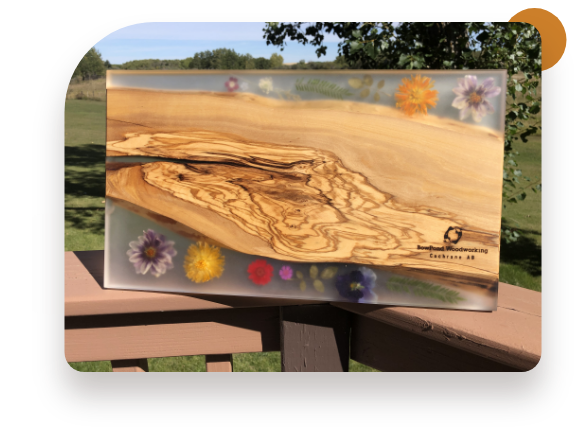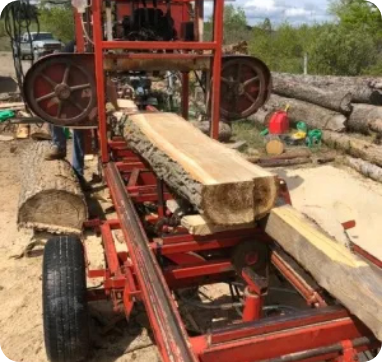The Process

How We Go About Creating What We Do!
01
Step One

Imagination Time!
02
Name Me!

Do You Like Yew?
03
What Could We Ever Make Out of This?
This is a rotted, cracked and crooked piece of yew. This took a lot of work to get it ready to work, but we finally got it all levelled out, then we ripped it in half and created a really unique piece of art showing the colours of the a Green Bay Packers!

Manitoba Maple Burl
04

Resin Mold.
05
Beginning Of A Small Board.
Before we pour the resin to create a board, we build a mold. It’s essentially a waterproof box, where the pieces of the wood are cut to fit, then clamped down and filled with resin. It will sit for about 5 days to cure and then the mold is removed.

Repair Work
06
Often, before we can work with a piece of wood, we need to fill all of the cracks, holes and defects. In this case resin was poured into the piece and after it cured, the next step was to plane it to a level surface and then we began making a table.

More Repairs
07
Again, this is a piece of walnut that needed some loving care before we could proceed with using it. The wood needs to be stabilized before moving ahead because often the crack will continue to expand unless checked before.







































